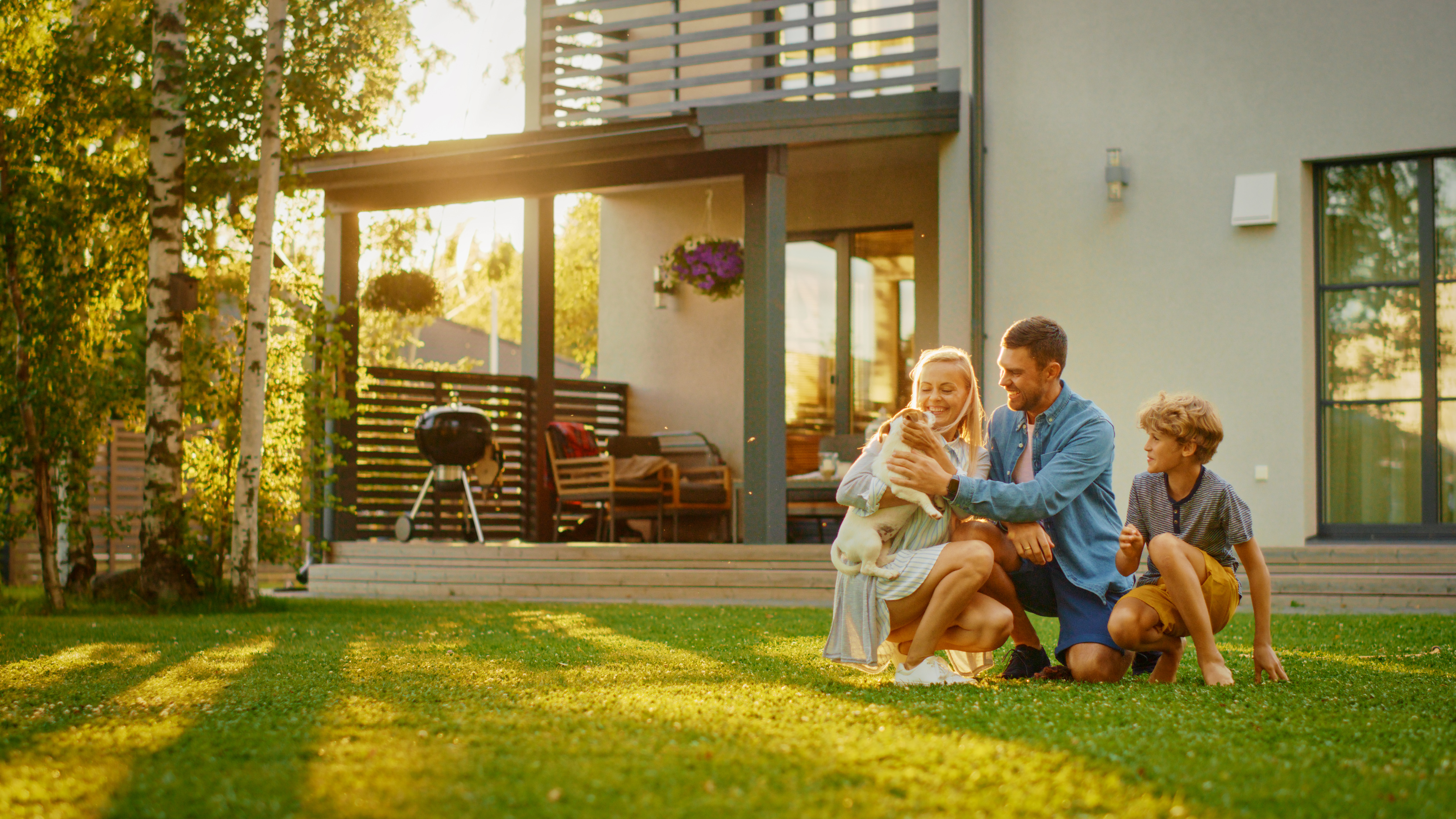
In the realm of home design, crafting spaces that resonate with the needs of children requires a blend of imagination and prudence. It goes beyond mere aesthetics; it's about creating environments where safety and fun coexist harmoniously. Moreover, such designs aren’t static; they evolve as our understanding of what makes a space truly engaging and secure for kids deepens.
This article delves into the art of designing homes that cater to the youngest members, ensuring their world isn’t only safe but also brimming with opportunities for exploration and joy. From the colours on the walls to the layout of their play areas, every detail contributes to a nurturing environment where children can thrive.
1. Safety First: Essential Features In Child-Friendly Homes
In the domain of child-friendly home design, prioritising safety is crucial. This section delves into the essential features that ensure a home isn’t only a haven for fun and learning but also a secure environment for children.
- Non-Toxic Materials
Selecting the right building materials is fundamental to creating a safe space for children. Opt for paints, adhesives and finishes that are free from harmful chemicals. These non-toxic options minimise health risks and contribute to better indoor air quality, making the environment safer for children's sensitive systems.
- Secure Windows And Doors
Children's curiosity knows no bounds, and windows and doors can pose significant risks if not properly secured. Employing child-proof locks and safety catches on windows and balcony doors can prevent accidental falls. Additionally, consider using window guards and safety netting, especially in upper-story rooms, to provide an extra layer of protection.
- Safe Furniture Choices
When selecting furniture for children's spaces, look for items with rounded edges and sturdy construction to prevent injuries from sharp corners or unstable pieces. Secure tall furniture to the wall to avoid tipping hazards. Soft, durable fabrics and materials that are easy to clean will keep the environment both safe and functional for children's daily activities.
- Electrical Safety
Keeping electrical elements child-safe is vital. Ensure all outlets are covered with safety plugs, particularly those within easy reach of young children. Select cordless window treatments to eliminate the risk of strangulation, and keep electrical appliances and cords out of reach to prevent potential hazards.
Integrating these safety features into innovative home designs doesn't mean compromising on style or creativity. It's about weaving safety seamlessly into the fabric of the home, ensuring that these essential elements blend naturally with the overall aesthetic.
2. Incorporating Fun And Creativity
Injecting fun and creativity into a child's environment is crucial for their development and joy. Playful themes, interactive elements and flexible spaces combine to create a vibrant, stimulating area for children to explore and grow.
- Playful Themes
Transform a child's room with imaginative themes. Space adventures, jungle safaris, or fairy-tale castles can stimulate a child's imagination. Wall decals, themed bedding and creative colour schemes bring these ideas to life. Custom home solutions like these keep pace with evolving interests.
- Interactive Elements
Chalkboard walls offer a canvas for creativity, encouraging artistic expression. Indoor climbing walls, slides, or swing sets turn a room into a playful and engaging space. These features promote active play and motor skill development.
- Flexible Spaces
Design adaptable spaces that grow with the child. Convertible beds, desks with adjustable heights and modular furniture can transition from a playroom to a teenager's study. Versatile and practical, these solutions evolve with the child's changing needs, making them a smart long-term investment.
Incorporating these elements of fun and creativity ensures that a child's room isn’t just a place to sleep, but a dynamic environment that nurtures their development and imagination.
3. Outdoor Spaces For Play and Learning
Outdoor spaces in a home are a splendid canvas for combining play with learning, wrapped in the security and comfort of family-oriented construction.
- Safe Outdoor Play Areas
Ensuring a safe outdoor play area involves enclosing the space with fencing or natural barriers. Choose ground surfaces like rubber mulch or sand for cushioning falls. Include age-appropriate play equipment, maintained regularly for safety.
- Educational Gardens
Gardens can transform into educational playgrounds for children. Involve them in planting and caring for various plants. A sensory garden with different textures, scents and colours can ignite curiosity. Moreover, projects like vegetable or butterfly gardens teach about nature and environmental care.
- Child-Friendly Landscaping
Select non-toxic, durable plants for landscaping. Create spaces for active play and quieter areas for relaxation. Ensure paths are smooth and even for safe exploration. This approach turns gardens into engaging, explorative and safe environments for children.
By focusing on these aspects, outdoor spaces can become a haven for play, learning and family bonding, offering children a safe and stimulating environment to explore the natural world.
Conclusion
As we mould our homes with love and care, we lay the foundation for a world where laughter echoes in hallways and imagination flourishes in corners. These spaces become more than just structures; they evolve into cradles of childhood memories, fostering growth, joy and the boundless potential of the little ones.
As parents, designers, or caregivers, our greatest reward lies in seeing these spaces come to life through the bright eyes of children. They discover, learn and grow in the safe, fun and loving environment we create for them.